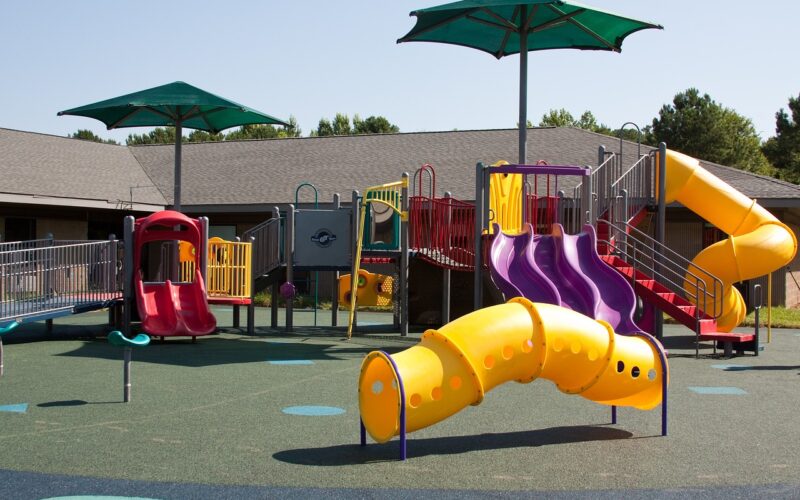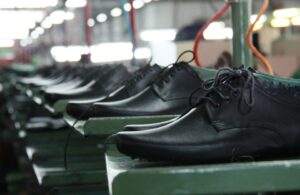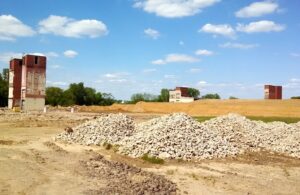The concept of recycling is often one that centers on items that can be tossed out with the trash or remade into something new, but it can also be applied to structures. Many cities today need additional housing, but developers do not have empty land to use. Some of them will be able to purchase buildings that can be demolished, but not all of them will be that lucky. Rather than give up entirely, many developers are creating city apartments from older structures. Warehouses and manufacturing structures are prime real estate, and they offer many advantages.
The need to use large warehouses for storing parts or finished items is not necessarily needed in modern cities, and supply chains have taken the concern out of amassing goods for companies creating or selling them. What is needed next week will be shipped just a few days before, so the need for warehouses has diminished over time. Recreating these structures into viable living spaces has become a niche market for some developers, and they have found it can be extraordinarily profitable.
Manufacturing facilities in cities used to be a normal part of the business world, but many of those jobs moved into suburban or rural areas decades ago. The owners left due to the high cost of land and pay for workers, but they did not take their buildings with them. These structures may have been empty for years, but they are often stable and ready for occupancy. If city life no longer requires manufacturing, converting these buildings into apartments is a good solution.
City living is craved by millions, but there is often a lag in the availability of places to live. Developers today have found they can create apartments from older buildings by recycling warehouses and old manufacturing facilities. It gives the city a new revenue base, and it provides housing for new residents eager to live a metropolitan life.




















